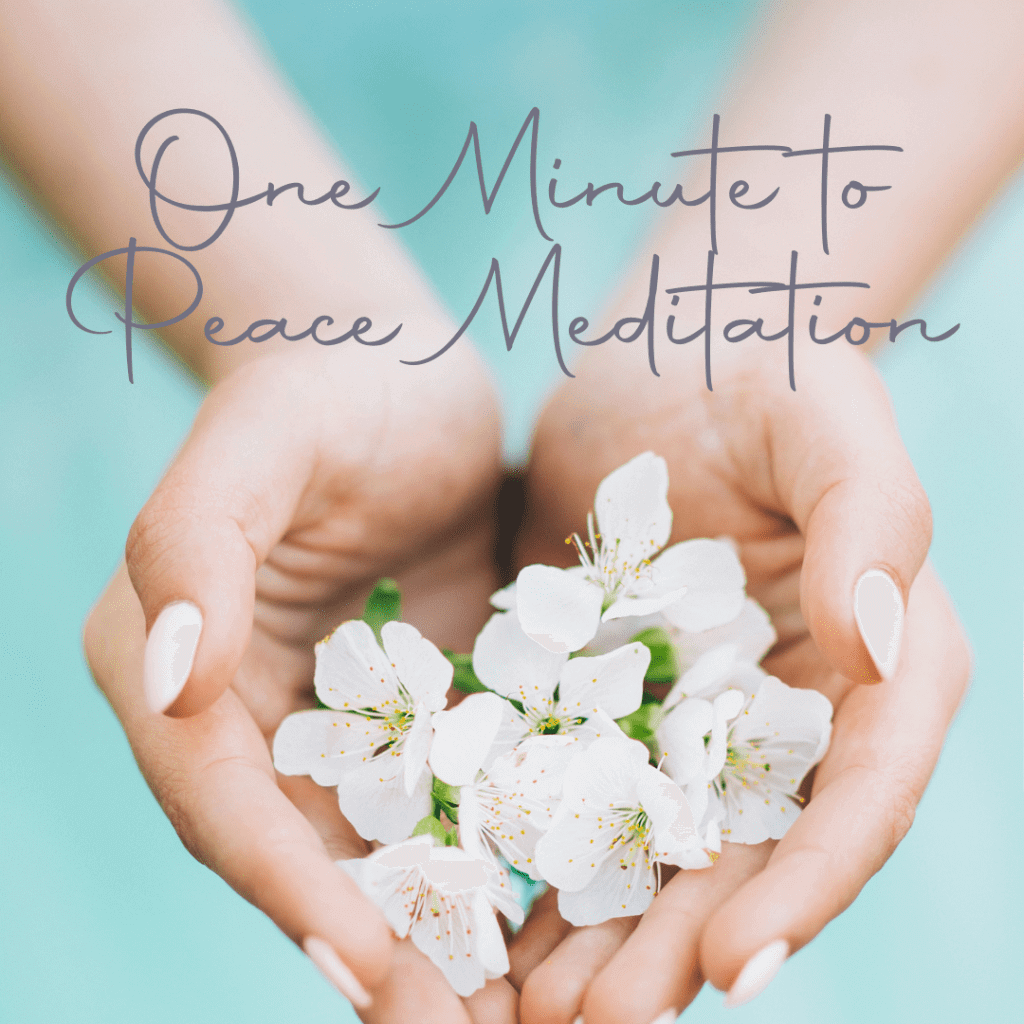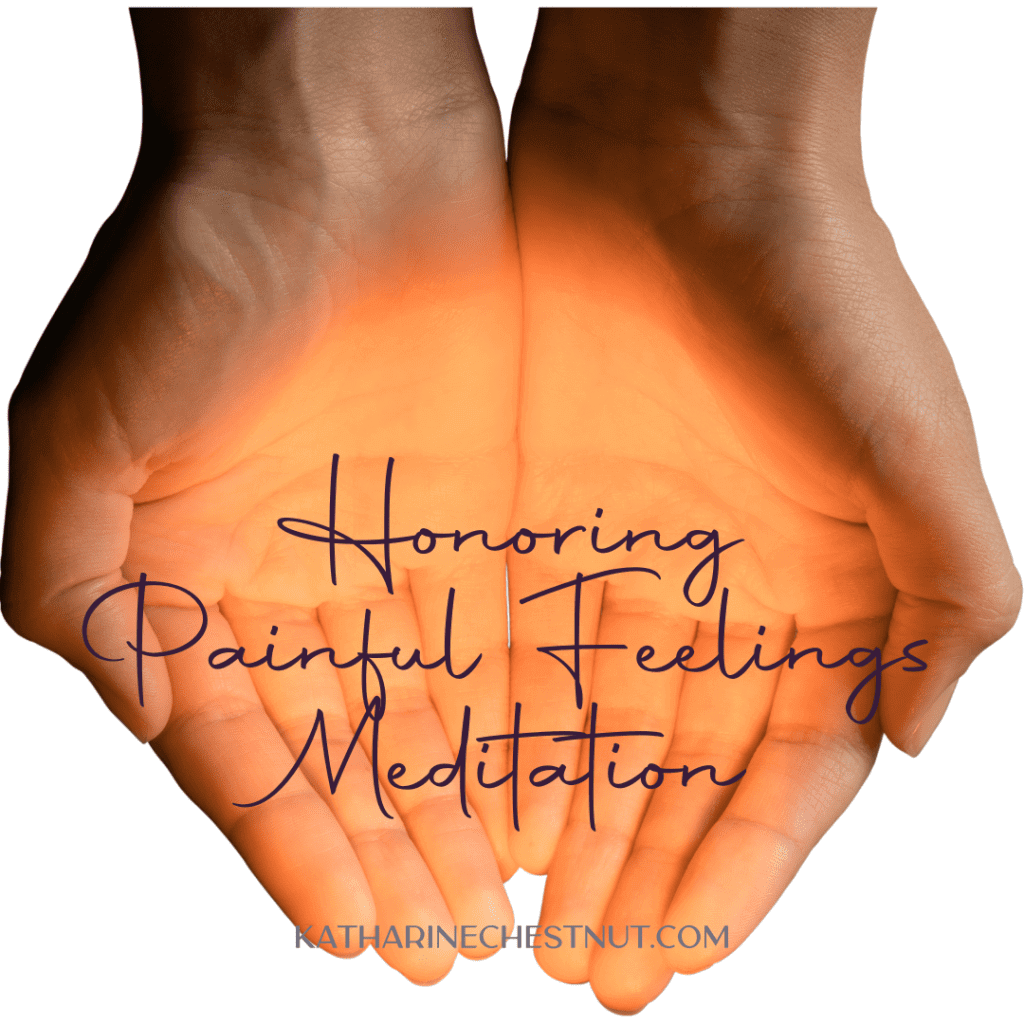
Can I Be Mindful All the Time?
Many of us feel overwhelmed by the idea of being mindful all the time. It can be exhausting to constantly maintain a state of total awareness and concentration. In our daily lives, even simple tasks, such as brushing our teeth or drinking coffee, can seem to take much longer when we’re concentrating constantly.
The good news is that expecting ourselves to be mindful 100% of the time isn’t realistic or even necessary. Our minds naturally wander, and that’s perfectly normal. The goal is to increase our mindfulness in a more practical manner, without putting unnecessary pressure on ourselves. By incorporating practices throughout our day, we can develop a greater sense of peace and a deeper understanding of our thinking.
Understanding Mindfulness
Definition of Mindfulness
Mindfulness is a state of being in which we bring our full attention and awareness to the present moment, without judgment or resistance. This practice can involve focusing on our breath, body sensations, thoughts, and emotions. The key is to allow our experience to unfold naturally, without getting lost in habitual patterns of reaction or interpretation. It’s not about always being calm or feeling a certain way; it’s about being present with our experience, whatever it may be in that moment.
The Science Behind Mindfulness
Research has shown that mindfulness and meditation can offer numerous benefits to our mental and physical health. Some of the benefits include:
- Improved concentration
- Increased emotional regulation
- Reduced stress and anxiety
- Enhanced self-awareness
- Better pain management
By paying attention to the present moment, we learn to recognize when our minds start to wander. Giving us the ability to gently guide our attention back to the here and now. Over time, we create new neural pathways in our brains related to attention, self-awareness, and emotional regulation.
This process can lead to calm and relaxation, as well as the ability to approach life’s challenges in a more balanced and grounded way.
Developing a Mindful Lifestyle
Setting Intentions
Intentions keep our attention on goals while maintaining purpose. To set meaningful intentions, we may choose to begin each day with a few moments of reflection. One simple way can involve breathwork, connecting to our bodies, and asking ourselves how we want to approach the day. By anchoring our intentions, we can keep ourselves grounded and better manage the events that unfold before us.
Cultivating Gratitude
Gratitude allows us to appreciate the various aspects of our lives, from the smallest moments to the most significant events. To foster gratitude, we can:
- Keep a gratitude journal to regularly write down things we’re grateful for.
- Share appreciation and thankfulness with others, verbally or through written notes.
- Stay present and appreciate the current moment.
With more gratitude, we create a positive mindset while experiencing inner peace and happiness.
Practicing Compassion
Developing compassion not only involves being kind to others but also extends to ourselves, as self-compassion is crucial for our mental and emotional well-being. To practice compassion, we can:
- Engage in acts of kindness towards ourselves and others, acknowledging the struggles that we all face.
- Implement mindfulness techniques to help us become more understanding and empathetic.
- Seek to understand and connect with others, striving to see the world from their perspectives.
We will nurture a feeling of interconnectedness, promoting a sense of calm and ultimately improving our mental health.
Listen to my meditations on the free Insight Timer app OR YouTube 🧘
Managing Expectations and Challenges
Managing Emotions
When experiencing emotions, especially anger, frustration, and disappointment, we should endeavor to embrace our emotions and finding ways to appreciate them.
- Anger: When anger arises; acknowledge it, explore its source, and then let it go. Count to ten, or even go for a walk to clear our minds.
- Frustration: Frustration is a natural part of life, and we need remind ourselves that it’s okay to feel this way. Try changing our perspective or breaking down a task into smaller steps to get relief.
- Disappointment: Disappointment can be an opportunity for growth. Take a moment to reflect on what happened, learn from the experience, and then move forward.
Dealing with Distractions
Our minds tend to wander, and countless distractions make mindful intentions challenging.
- External: Noise, conversations, and other stimuli can steal our attention. Using techniques such as centering on our bodies or observing our thinking without judgment, can assist us in redirecting our attention back to the moment.
- Internal: Reflecting and accepting where our attention lies guides us gently to self-awareness.
A Daily Habit Incorporating Mindfulness
Paying Attention to the Present Moment
Being present involves being perceptive and fully present in what we are doing. For example, let’s say we’re washing the dishes. Instead of letting our thoughts wander to what we’ll be doing later or worrying about something unrelated, appreciate the sensation of the water, the soap, and the gentle movement of our hands.
When we truly experience and appreciate the task at hand, it becomes more enjoyable and reduces stress. This can be done with any activity in our lives, such as cooking, driving, or even just sitting quietly.
Staying Present During Multi-Tasking
It’s a fact. Multi-tasking seems to be the norm. While it might feel efficient at times, it can also lead to feelings of overwhelm and increased stress. When juggling multiple tasks, it’s helpful to use some form of everyday mindfulness to stay grounded and focused.
Staying present during multi-tasking can include:
- Taking breaks with deep breathing or short meditations
- Set time limits for each task with your attention fully on that task during its allotted time
- Be intentional with each activity by setting an intention or goal for it beforehand
Balancing Mindfulness and Acceptance
Accepting Pleasant and Unpleasant Experiences
It’s essential for us to understand and accept pleasant and unpleasant experiences as part of our process.
A great way to be more in the moment is by concentrating on breathing, we experience calmness and acceptance. These facilitates our ability to fully experience the complexity of our thoughts and feelings.
It’s important not to be absorbed solely on the pleasant aspects of life, but rather to accept the entire spectrum of experiences. We can benefit from:
- Acknowledging both the highs and the lows: No life is devoid of challenges. As we cultivate mindfulness, we must accept the difficult moments as they come.
- Creating space for all feelings: When we practice mindfulness, we choose NOT to suppress our feelings. Instead, we create a safe place in our minds where we’re comfortable experiencing the full range, regardless of whether they are positive or negative.
- Maintaining a nonjudgmental attitude: A significant part of mindfulness is maintaining a nonjudgmental attitude towards our thoughts and emotions. We should strive to avoid labeling our experiences as good or bad but instead view them as opportunities for growth.
At the core of mindfulness is the idea of acceptance. In this way, we can gain a deeper understanding of ourselves and foster a more authentic relationship with our surroundings.
Tips for More Mindfulness
As we embark on our journey to becoming more mindful, it’s essential to remember that maintaining mindfulness all the time is next to impossible. However, with practice, we can incorporate mindfulness into our daily lives and reap its numerous benefits, such as improved memory, concentration, and a calmer mindset according to Harvard Health.
In addition to the suggestion above, here are more practical tips to stay more mindful:
- Daily routine: Set aside a specific time each day to practice mindfulness, ideally at the same time and duration for consistency as suggested by Positive Psychology. Consistency helps establish a habit, making it easier to include mindfulness in our daily lives.
- Appreciate: Engage in everyday activities while paying close attention. For instance, when washing our hands, we can focus on the sensation of warm, soapy bubbles on our skin and the smell of the soap as Psych Central recommends. Doing so helps keep us fully in the moment.
- Take breaks: Throughout the day, pause and take three deep breaths, in through the nose and out of the mouth as advised by Psych Central. Observe our body and bring attention back to our natural breath, helping us in being mindfully active.
By regularly practicing these tips, we can gain insights and understanding into our thoughts, behaviors, and feelings. This allows us to navigate through daily life with greater ease and a sense of calmness.
And let’s not forget that mindfulness is a journey, and we shouldn’t expect to achieve it all the time. By being gentle with ourselves and embracing all aspects of our experiences, we will gradually cultivate a balanced and genuinely mindful lifestyle. Embrace the learning process and remember that progress won’t be linear, so stay patient and committed to our intention of more mindfulness.
Listen to my meditations on the free Insight Timer app OR YouTube 🧘








